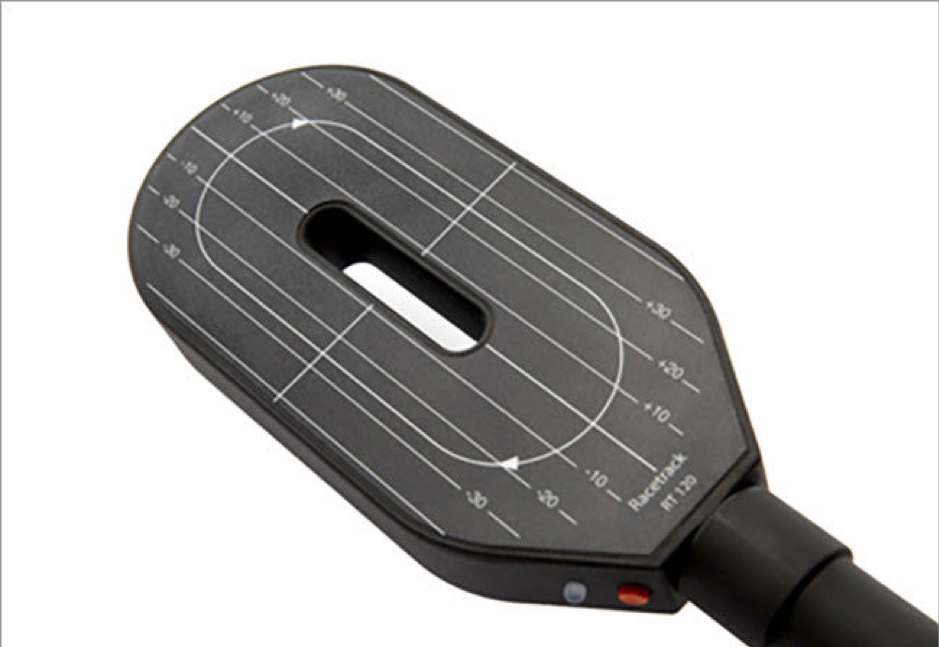One place all of us would hate to end up being in during this period of pandemic is the hospital… but some heroes do not wear capes.
These heroes are our new mothers, due for delivery during this period and entering the hospitals to bravely and successfully deliver their newborn babies.
When the grand finale that is the delivery comes and goes, there is much ‘renovation’ to be done to restore your body to its prenatal condition, under trying circumstances as well.
Of all of the slimming, blood-replenishing and vitamin-taking that is customary for all new mothers, are you sparing some time for your pelvic floor muscles?
Read more: Bye bye baby body
Pelvic Floor Muscles: The Lowdown

Oft-neglected because we’re naturally more concerned about what we can see, your pelvic floor is more important to you than you actually know.
Pelvic floor muscles are the layer of muscles that support your bladder, bowel, and uterus.
These muscles give us control over how bladder and bowel movements, dictate the intensity of the sensation we get during sexual activity and work with the abdominal and back muscles to support our spine… just to name a few.
The stronger these pelvic muscles are, the more adept you are at all of the above and more.
Read more: Introducing: Premium Ways to Fight the ‘Lite in Your Body.
During Pregnancy/After Birth

As your baby starts to develop in the womb during your pregnancy, the increasing heft of your child will stretch your pelvic muscles as the months go by. Imagine filling up a balloon slowly with water – that’s how it stretches.
Like with all things elastic, constant tension naturally renders them loose and stretched thin. These weakened muscles get subjected to even more duress during labor, leaving your pelvic floors worse for wear at the end of it all.
Ill-effects of weak pelvic floors you ask? Think leaking of urine when coughing, sneezing or laughing, uncontrollable bowel movement, reduced sensation in the vagina during intercourse, pain in genitals and lower back – I could go on, but maybe I should stop before you stop reading.
Read more: 3 longer-lasting cosmetic treatments that are becoming the norm after lockdown
Don’t Sweat it Just Yet

Before you start to worry about the aforementioned symptoms and stressing out about the extra task on hand en route to post-partum recovery, relax.
We know your hands are pretty much tied during this confinement period, and any activity short of lying down is considered strenuous to the body.
There will be no need for any form of Kegels or gym gear for the strengthening of your pelvic floor during this period… because of magnets.
The Magnetic Muscle Sculpting Program is the post-partum solution to your pelvic problem because there is no need for you to move at all.
Utilizing avant-garde Functional Magnetic Stimulation (FMS) technology, this program is essentially your kegel stimulator, using magnetic forces to tighten and fortify your pelvic muscles as you lie back in painless comfort.
While you’re at it, this program also seamlessly doubles up as a muscle stimulator for your abs and buttocks.
If you’re *almost* there in terms of your desired figure, the Magnetic Muscle Sculpting might just provide the toning and sculpting your body needs – you might even end up looking better than your pre-pregnancy self.
For mothers will still a little excess baggage to lose, the Onda Body Magic and Magnetic Muscle Sculpting one-two punch combo also works like a charm.
Why recover your pre-pregnancy figure, if you can do better post-COVID, right?
Read more: Not just for treating lines and wrinkles, there’s more Botox can do

